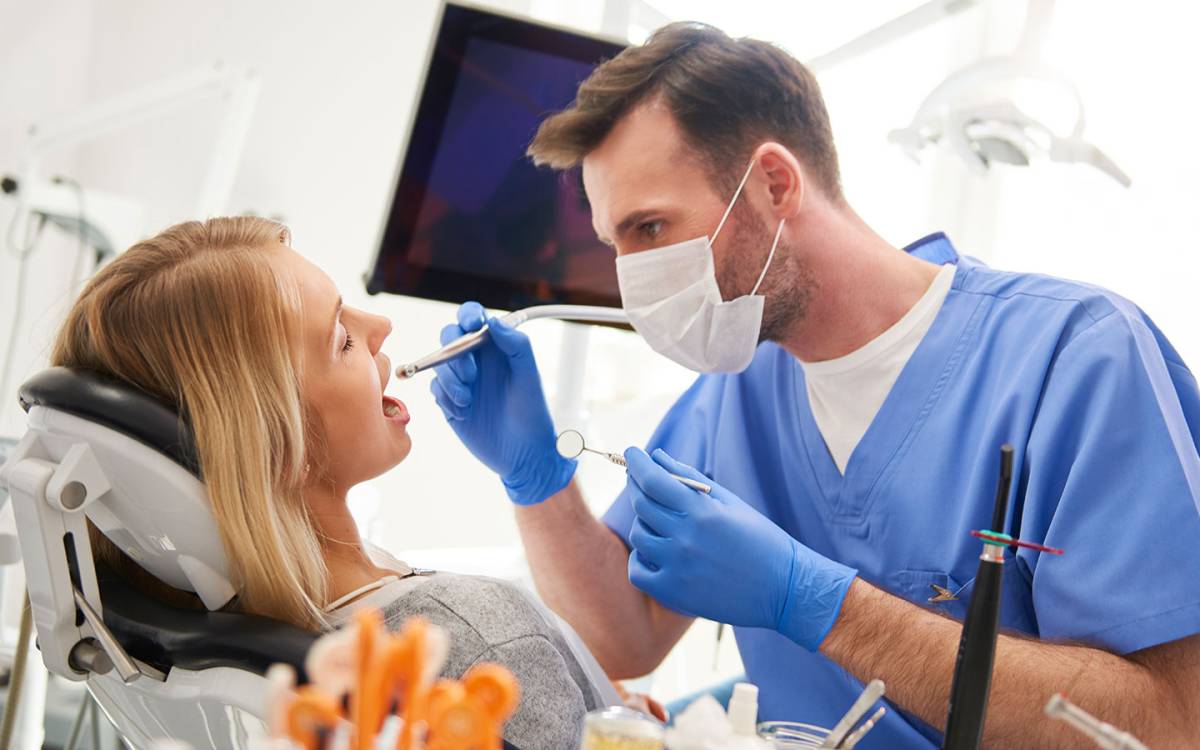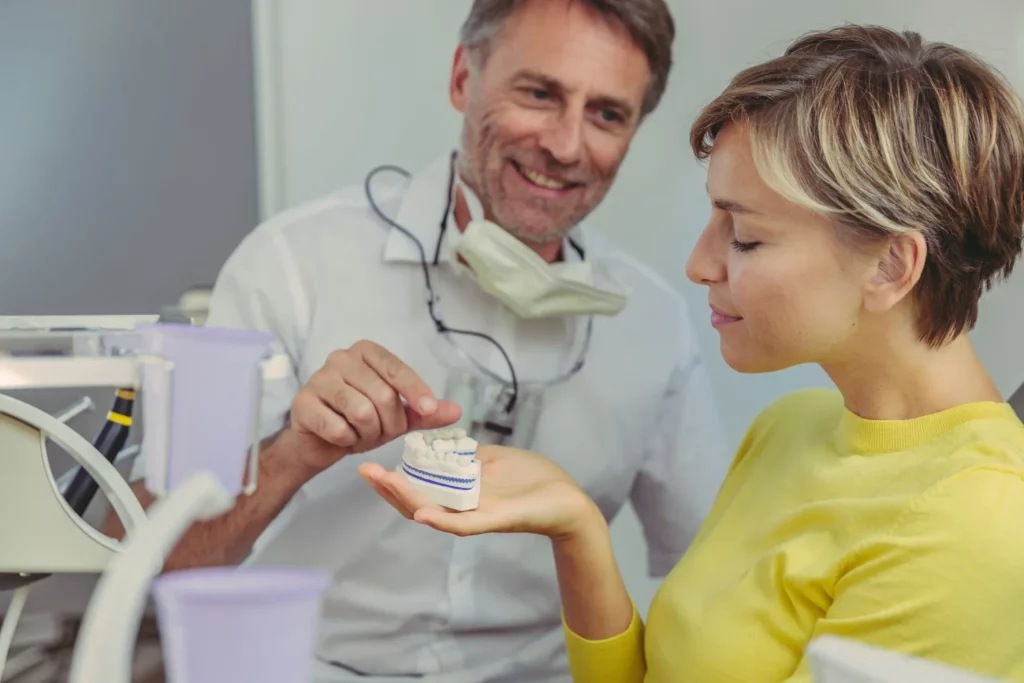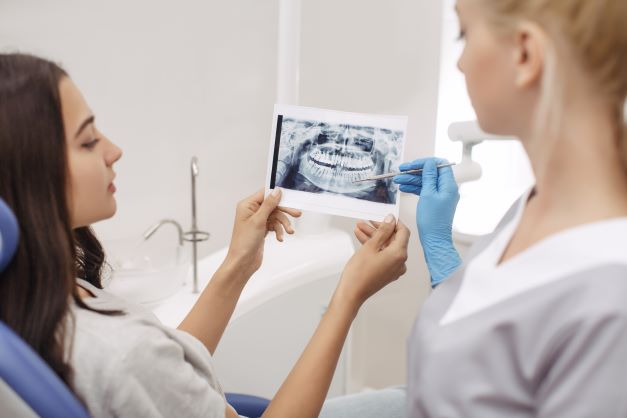Dental ceramics are basically composed of metallic oxides that when combined or alone are sintered at high temperatures to obtain a solid piece, with a reduced number of pores and mechanically resistant. Depending upon the types and proportions of the metal oxides, the microstructure obtained after sintering can be totally crystalline, glass-ceramic, or predominantly vitreous.
Ceramics are currently classified according to their microstructural composition and their ability to react against acid attack:
- Vitreous ceramics composed mainly of silica (feldspathic): sensitive acids
- Vitreous ceramics composed of silica but with filled crystals (leucite and lithium disilicate, lithium silicate): acid sensitive
- Polycrystalline ceramics (zirconia): resistant acids
There are ceramic-metallic prostheses, such as Porcelain crowns, made of a fairly successful material in dental treatments; however, technological advances and a better material appear regularly at Newbury Park Dental that meet all expectations for any restoration needed by the patient. This is why ceramic-metallic restorations, including Porcelain crowns, are gradually becoming a relic of the past; the newest thing is total ceramic. In fact, the only disadvantage is the high cost. Nevertheless, it is ideal for a patient to have in their mouth, but not all patients can afford this treatment. Thus, many times patients choose to allow metal to be inserted into their mouths, even if it is less aesthetic and resistant.
It should be mentioned that metal-free ceramics, like Porcelain crowns, are more biocompatible and have low chemical reactivity; metal, on the other hand, can be harmful in the oral cavity.
In the last two decades, ceramics, including Porcelain crowns, have been opted for as a rule, leaving behind porcelain-metal combinations. A patient must know the advantages of the material to choose it. Even if it is more expensive, it is well worth it.
Although these materials are artificial, they closely resemble natural teeth. Thus, they are the ideal ceramic to be used in the mouth.
Ceramic materials are products of inorganic nature.










































